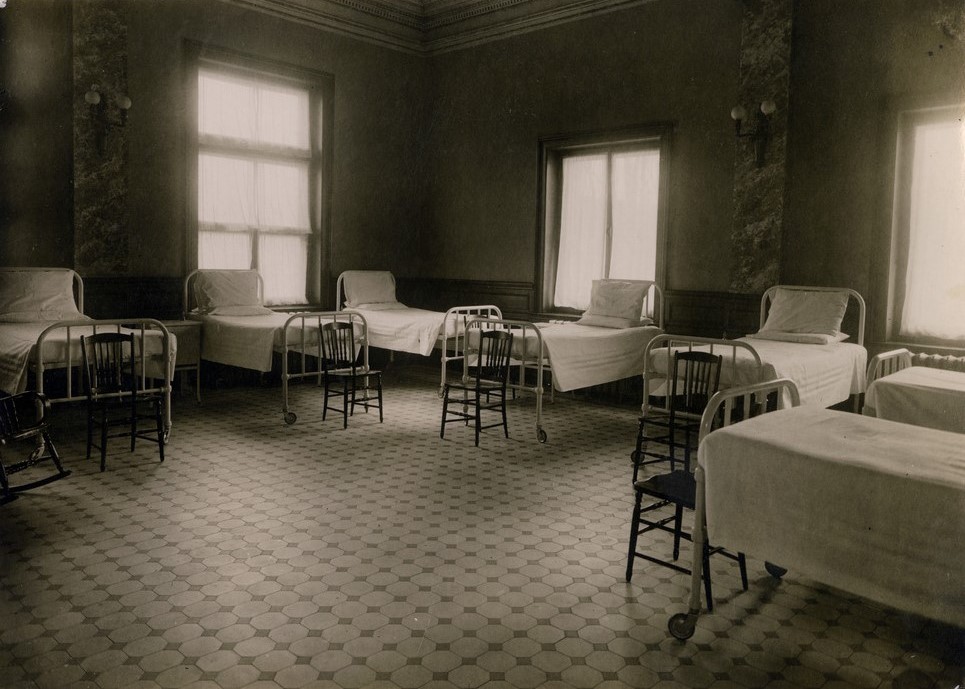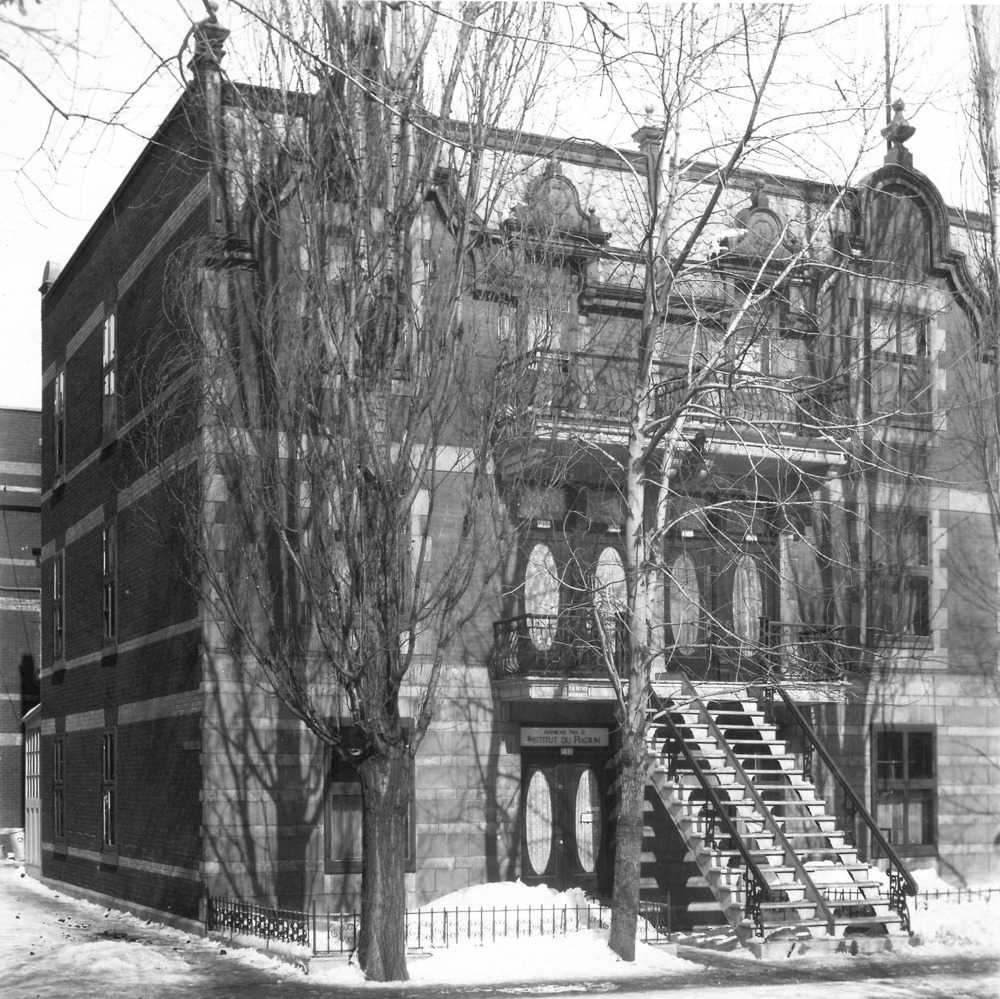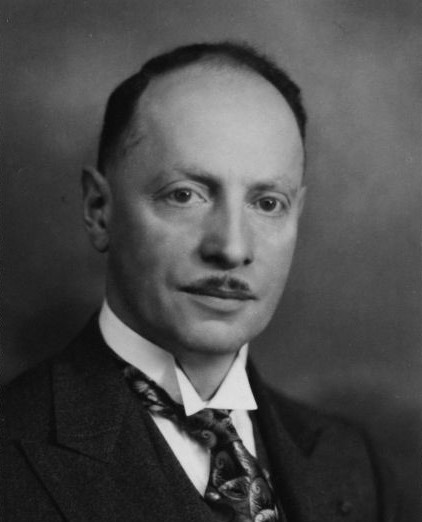Inadequate Facilities
In 1926, the relocation of the Radium Institute to Maisonneuve was meant as a temporary solution to cope with space limitations in the Université de Montréal’s basement installations. The Institute was destined to eventually move to the university’s future hospital, which would be built on the slope of Mount Royal.
The project became even more pressing since in 1927, the City of Montréal had sold Maisonneuve’s former Town Hall building to the federal Government who wanted to convert it into a post office. Before this project could see the light of day, the provincial Government imposed that a new location should be found for the Institute. The Great Depression (1929–1939) forced the Université de Montréal to suspend construction of its new campus, which only resumed in July 1941. In the meantime, in 1939, the sale agreement between the City of Montréal and the federal Government was rescinded. The Institute would remain in Maisonneuve.
It became rapidly clear that the old Town Hall building was becoming inadequate and, most importantly, too small to house a hospital for cancer patients. For example, in 1930, one can read in the Chroniques des Sœurs Grises that “the lack of space in the institute forced us to send patients back home, or make them wait to receive solace.”
To solve this problem, the institute decided to rent other units in the Maisonneuve borough; first an annex at 1875 Pie-IX Blvd. and, two years later, in 1933, the apartment next door, at 1891 Pie-IX Blvd.—then the property of renowned architect Charles A. Reeves. This building housed two dozen machines that could provide around thirty treatments simultaneously.
Despite these attempts, the lack of space remained a problem. In addition to its original flaws, the old Town Hall building was now in dire need of maintenance. In 1945, the heads of the Institute were actively looking for a solution, and addressed a memorandum to Health Minister Albiny Paquette to convince him to build a larger hospital for cancer patients, and to entrust them with its management. This project would never come to be, despite the Institute’s continued insistence well into the 1960s. These numerous problems put added pressure on the hospital’s already precarious financial situation.




